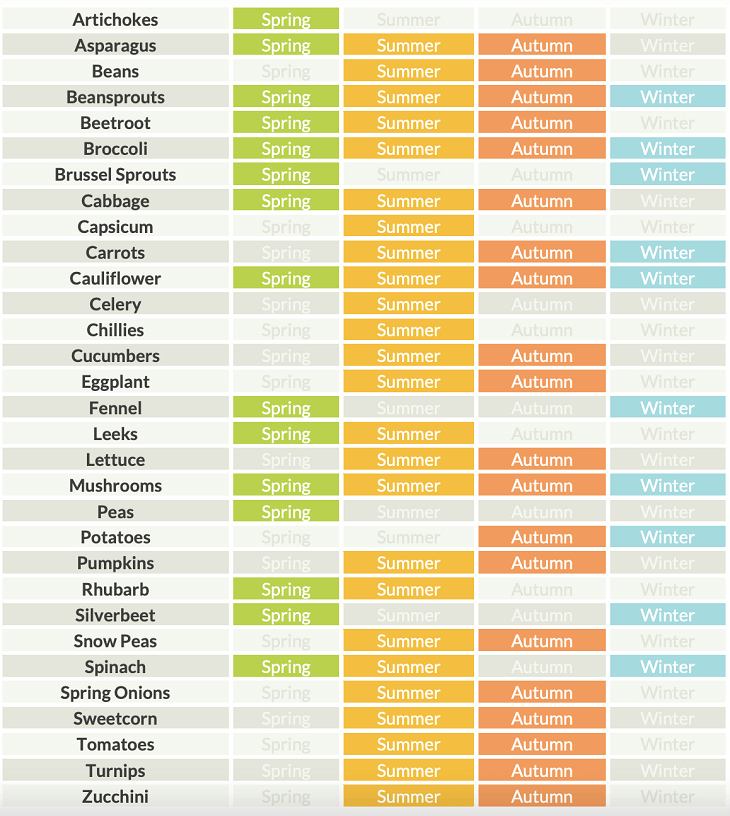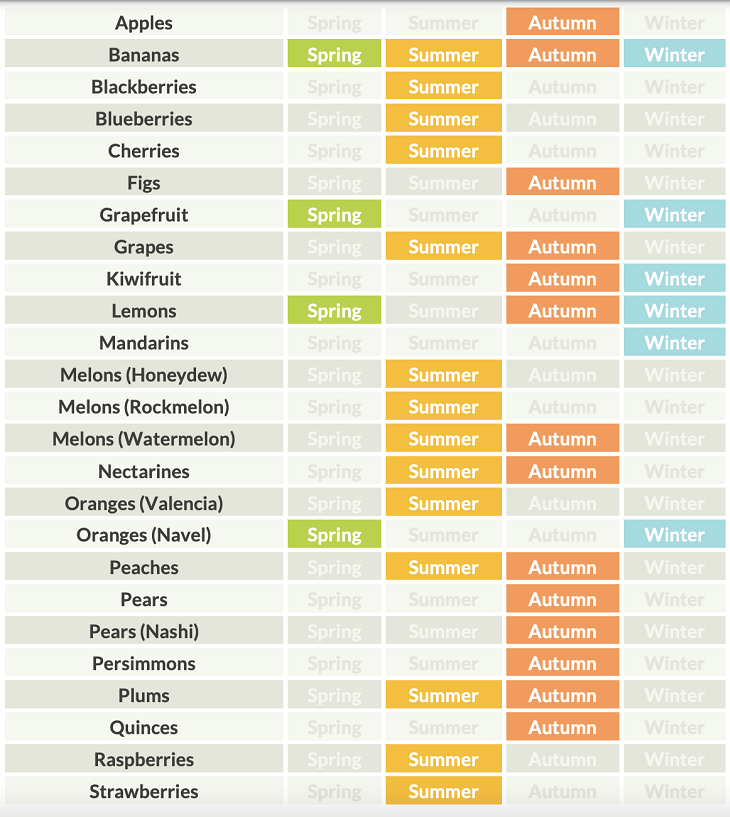As the cost-of-living skyrockets, self-sufficiency is becoming an increasingly important life skill. Janette O’Keefe, a Country Women’s Association (CWA) Victoria committee member, is a cattle farmer who comes from a long line of self-sufficient folk. She explains how today, the core principles espoused by the CWA are becoming words to live by.
“My grandmother, if the [bed]sheets were worn in the middle, she’d cut them down the middle, sew the outsides together to become the middle, and you started off again,” she told The Sydney Morning Herald’s Rachael Dexter.
Australians who are struggling to make ends meet could learn a thing or two from the frugality of previous generations, according to Ms O’Keefe. And they may have to, with prices of staples surging over the past several weeks.
Read: Supermarket prices set to soar
For example, data from grocery price comparison app Frugl shows that a 555g can of Heinz baked beans bought in March 2021 for $2.50 today costs $3.20 – a 28 per cent increase. Similarly, a 3kg bag of Pedigree dog food is up $1 to $13.00, and a 1kg bag of frozen vegetables has jumped from $1.60 to $2.20 – a 38 per cent increase.
As grocery prices increase, younger generations are looking to arm themselves with knowledge and survival tips from similar economic periods in the past. To meet this demand, Ms O’Keefe has helped collate generations of CWA handwritten recipes and tips into a series of published books, including Thrifty Household, Thrifty Cooking, and the forthcoming Thrifty Gardening.
“I think [generations today] may have lost some of the know-how, but they certainly haven’t lost the ability,” she says.
The best way to eat healthy on a budget is to learn the seasons of your favourite fruits and vegetables, according to Ms O’Keefe.

“For instance, asparagus is grown in spring. So, therefore, to me, asparagus season is September to November, and I’ll only buy it then, whereas people expect to buy things such as asparagus all year round now,” she says. “Buying seasonal food will always be fresher, and it’ll be cheaper.”

Now we’re in autumn, carrots, potatoes and pumpkins are at their best and cheapest. This is also the time of year when the last of the summer strawberry and plum harvests give way to apples and pears. So stock up while you can.
Read: Why and how to use the whole vegetable when cooking
Ms O’Keefe also encourages people to grow some year-round edible plants at home, if possible. Even those with small backyards or balconies can grow a few silverbeet plants and come crowns of rhubarb. That way, you’ll always have greens for dinner, and something sweet to cook up for dessert.
Windowsill herb gardens are another fantastic way to save money. A few pots of low-maintenance herbs such as rosemary, thyme and parsley will mean you’ll always have herbs on hand to add some zest to a meal. Buying fresh herbs can be expensive and if you don’t use them all quickly, they can go to waste.
You’ve surely heard that cutting back on meat is a great way to save money, but Ms O’Keefe also suggests experimenting with different ways of cooking cheaper cuts of meat.
“We’re going into the cooler weather now, so you’ve got your chuck steak, also known as casserole steak, or lamb quarter chops. Because they’ve got that beautiful connective tissue when cooked low and slow, it becomes beautifully tender,” says Ms O’Keefe. Meals cooked in the slow cooker can often be bulked out with beans or cooked lentils to make them stretch even further.
A key part of the CWA ethos is DIY. Don’t be afraid to get your hands dirty by jumping in and whipping up your own baked goods, crackers, muesli, and even cleaning products. If you can make it yourself, avoiding anything prepackaged is a great way to avoid the price surges and save money.
Read: How to grow vegies in containers
If people really try to seek out cheaper options and turn to op-shops for clothes, use community libraries for books, upcycle furniture, or take part in local food swaps, we may be able to save money and create a stronger sense of community at the same time.
Thrifty cooking tips
Don’t buy breadcrumbs, any leftover bread can be toasted, whizzed in a food processor and stored in an airtight container.
To stop a jar of opened tomato paste from going mouldy in the fridge, cover the surface of the paste with olive oil.
Don’t tip out leftover wine, freeze it in an ice cube tray and add it to sauces and stews
Leftover lemon halves can be frozen in sandwich bags. Zest and juice from frozen lemons are as good as fresh, and as a result, you can use them for pretty much anything.
Excess zucchinis can be grated and frozen in sandwich bags. When ready to use, drain over a colander to remove excess water and use in Bolognese, casseroles or soups to add extra vegetables.
If a recipe calls for self-raising flour but you don’t have any, add a teaspoon of baking powder to one cup of plain flour and give it a good stir.
Left-over cooked pasta or rice can be added to meatballs to make them go further.
If you enjoy our content, don’t keep it to yourself. Share our free eNews with your friends and encourage them to sign up.

